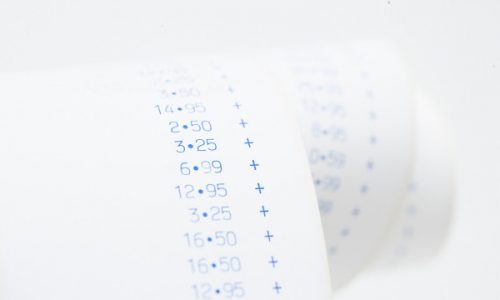We frequently discuss the time-saving benefits of restaurant checklist and temperature monitoring technology, but how does that benefit translate into business value?
If your store manager can reduce the amount of time that it takes to do a check, then she can spend that time saved on more high-value tasks. They could be tackling management- or administrative-related tasks, or spending more time with customers in the store.
Too often, the manager ends up saying, “Yeah, I know I need to do that, but I’ve got to do my checks.”
Technology puts 30 minutes or more back into that person’s pocket every single day. It happens by giving her a tool that operates the line checks sooner, better and faster.
The same thing can be true even of kitchen workers: it’s more time during the day that they can spend cleaning the condensers, scrubbing the grills, changing the fry oil or whatever tasks need doing that always get put off.
An early 2016 report from EKN Research found that a staggering 87% of restaurant IT decision-makers plan to invest in technology to increase efficiency. 37% are doing so specifically to increase employee productivity.
It’s working. This year’s Operators Survey from Nation’s Restaurant News has found that average hourly earnings in the leisure and hospitality industries over the past 12 months have increased by 4.2%, outpacing the 3.4% increase in average hourly earnings overall.
In other words, restaurant organizations are helping employees to work more efficiently and smarter in their day to day tasks by taking advantage of time savings created by ComplianceMate and other restaurant technologies, freeing them to do higher value tasks during their day. It’s paying off.
That technology isn’t just freeing time. It’s also aggregating data, which in turn gives owner-operators a better understanding of what’s going on within the restaurant and the quality of food that they are serving. It becomes possible to track quality issues that would have been handled haphazardly before. For example, by integrating photos into checklists, workers can continuously monitor what those fruits and vegetables look like when they’re being unboxed and then again when they’re being served. Is the lettuce brown, or is it nicely crisp and vividly green?
Better quality means happier (and more) customers. Customers mean revenue. No wonder those nine out of ten restaurant organizations are investing in technology.
Read more about digital food safety, or contact ComplianceMate with questions.



